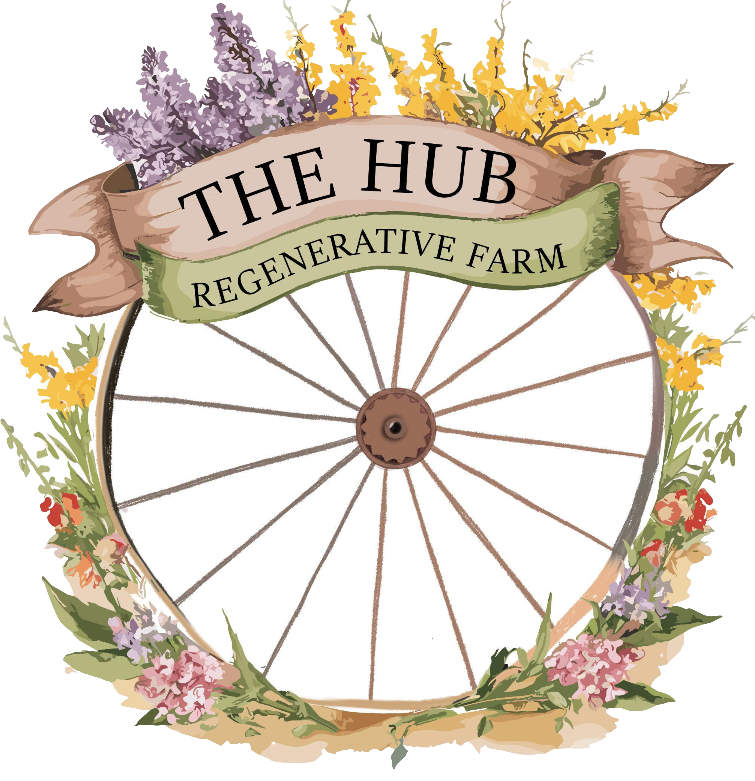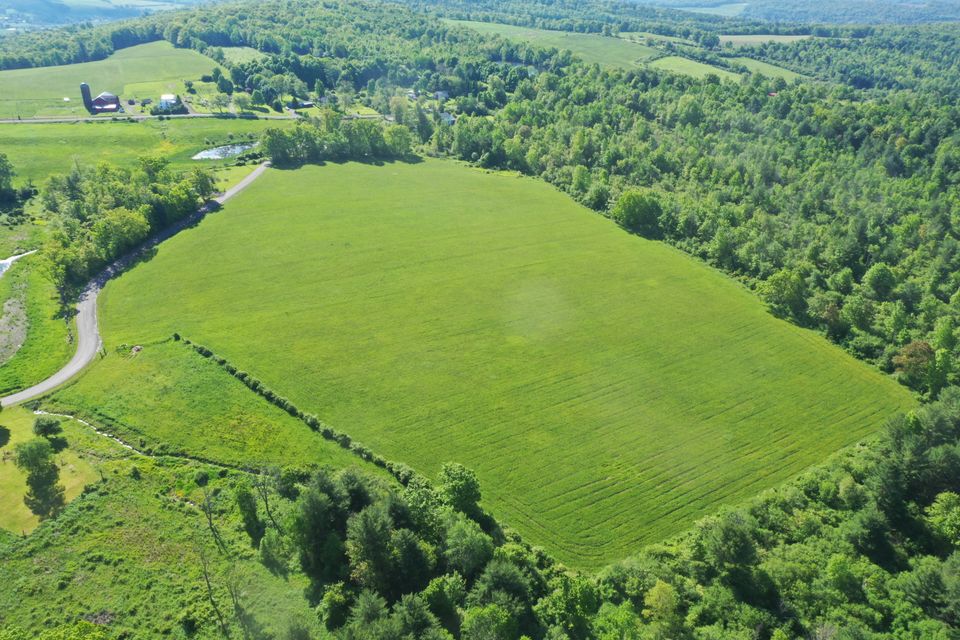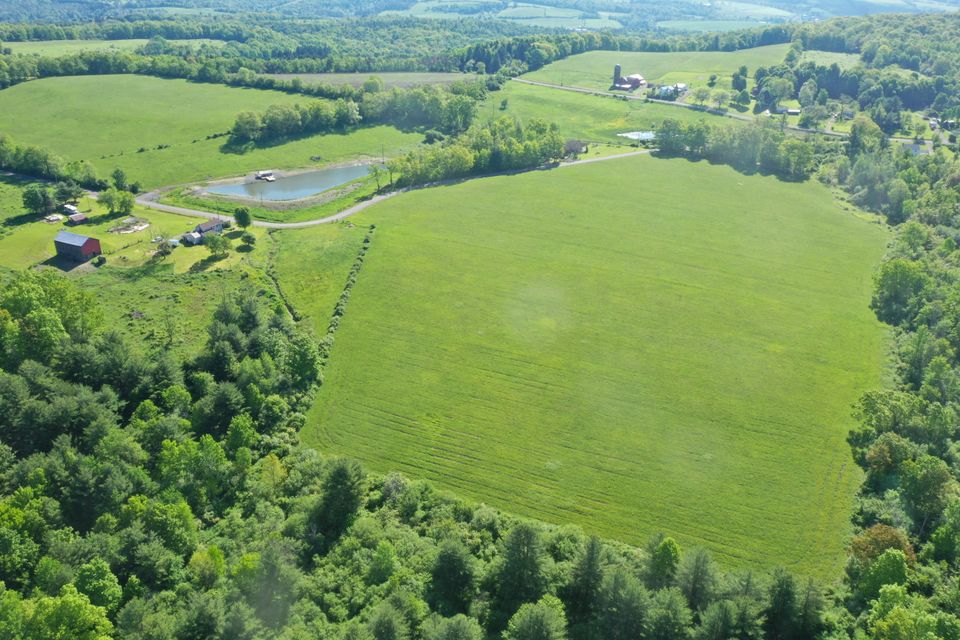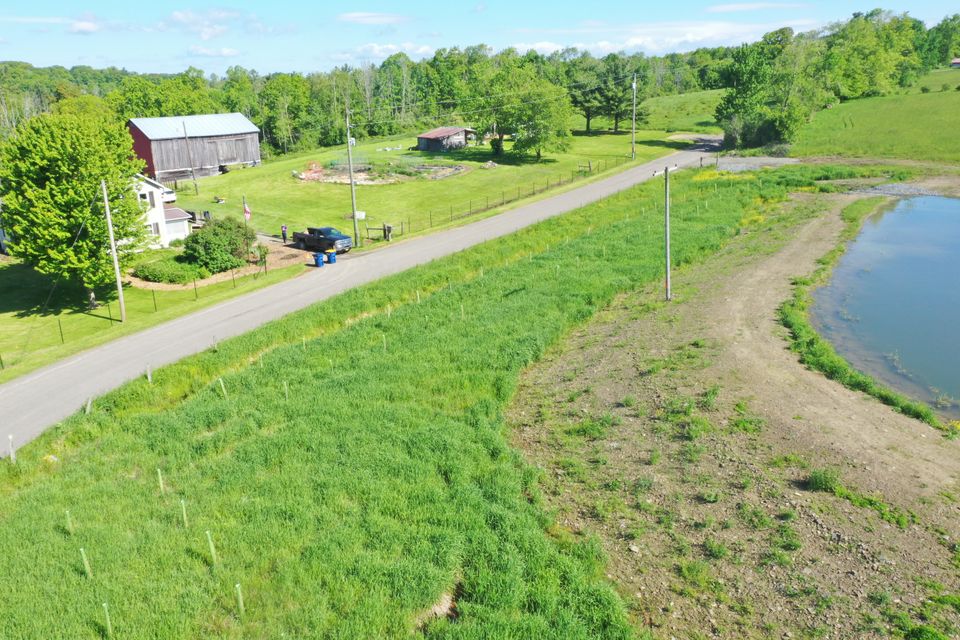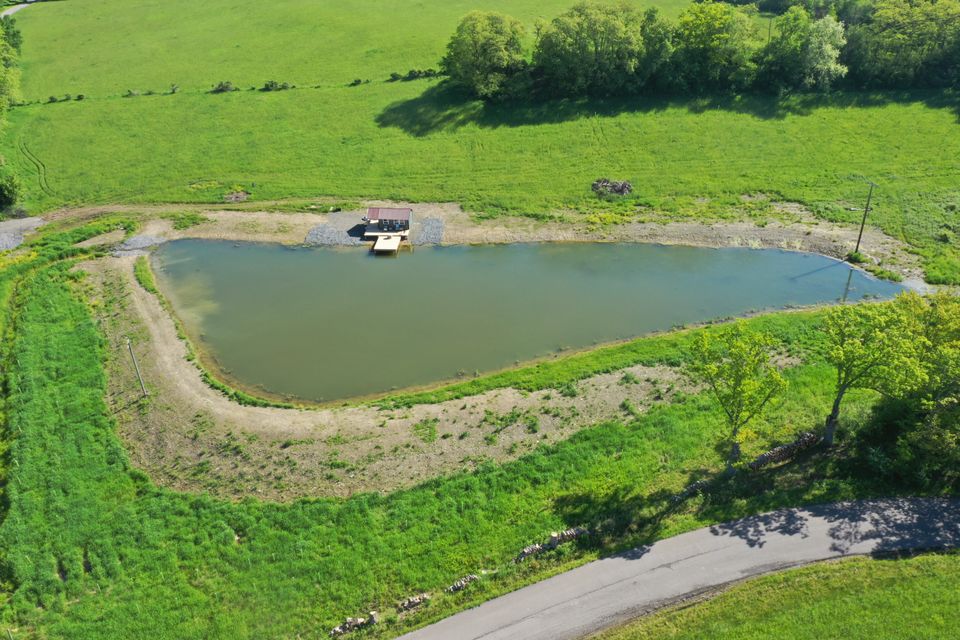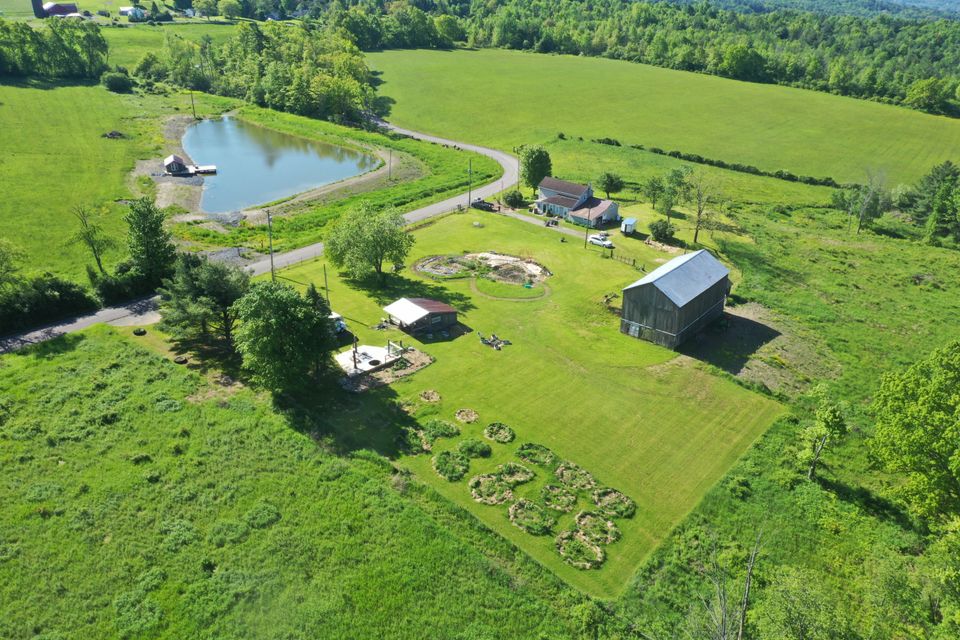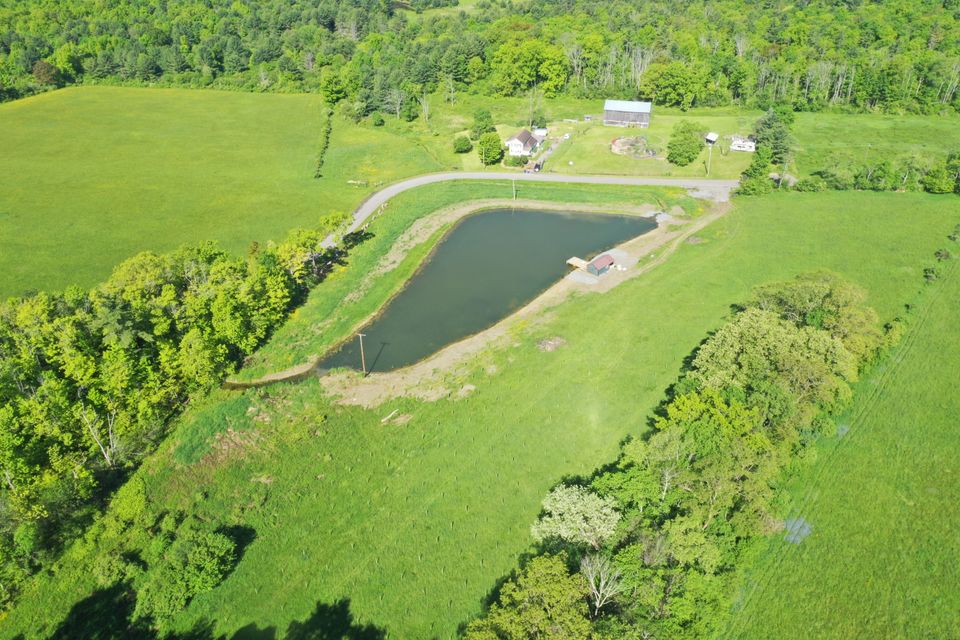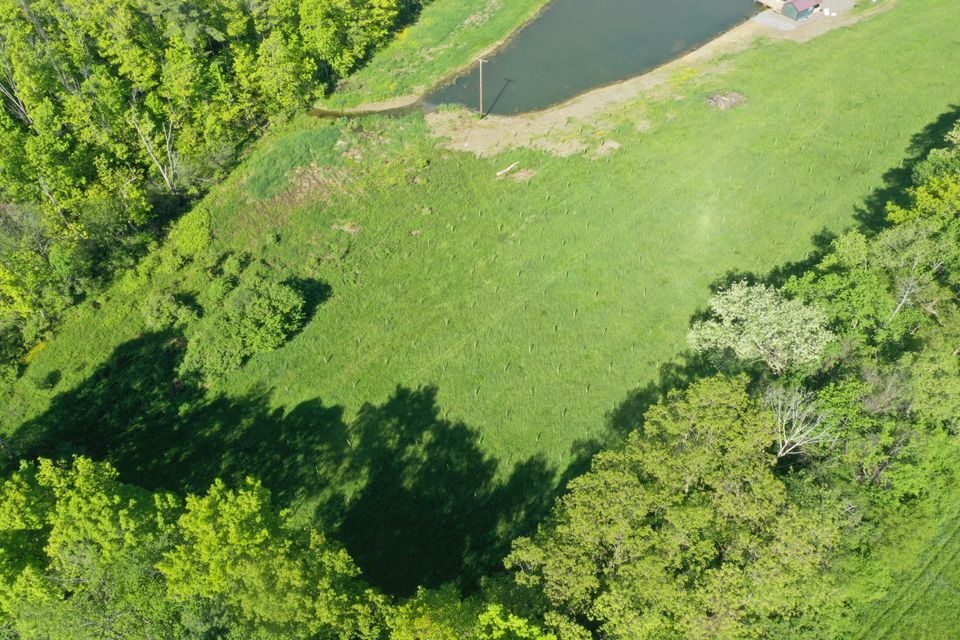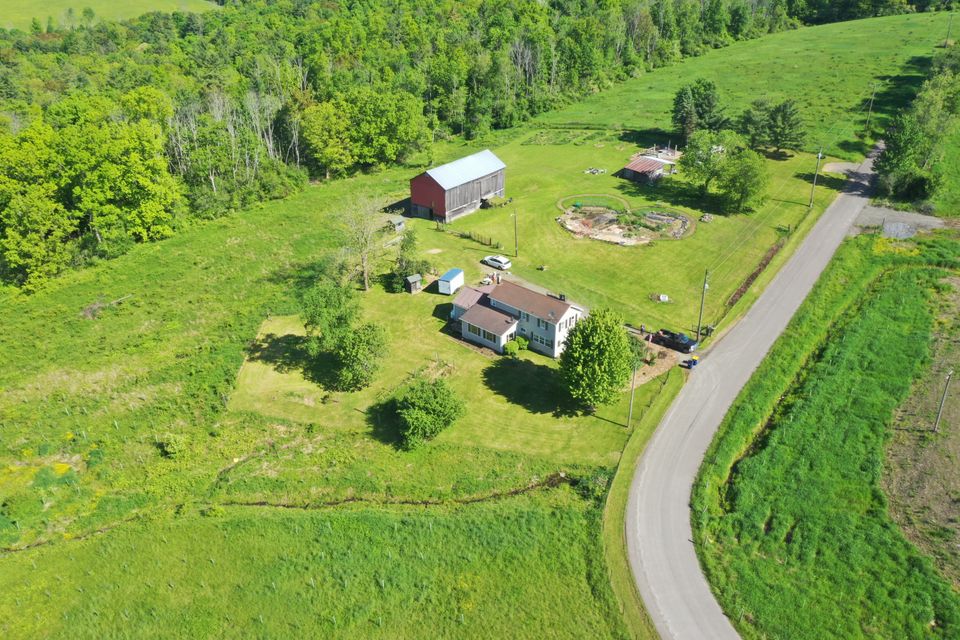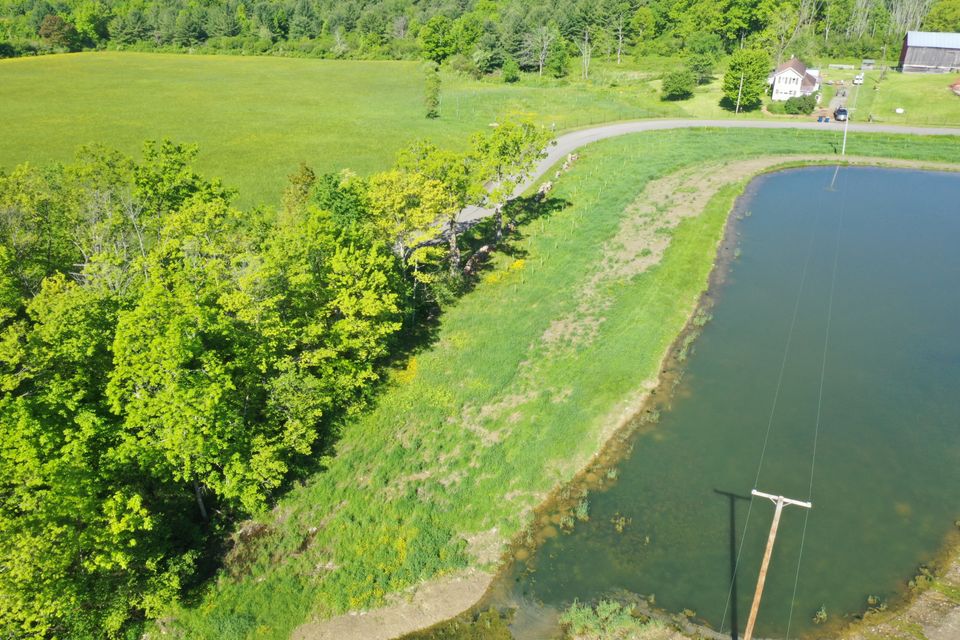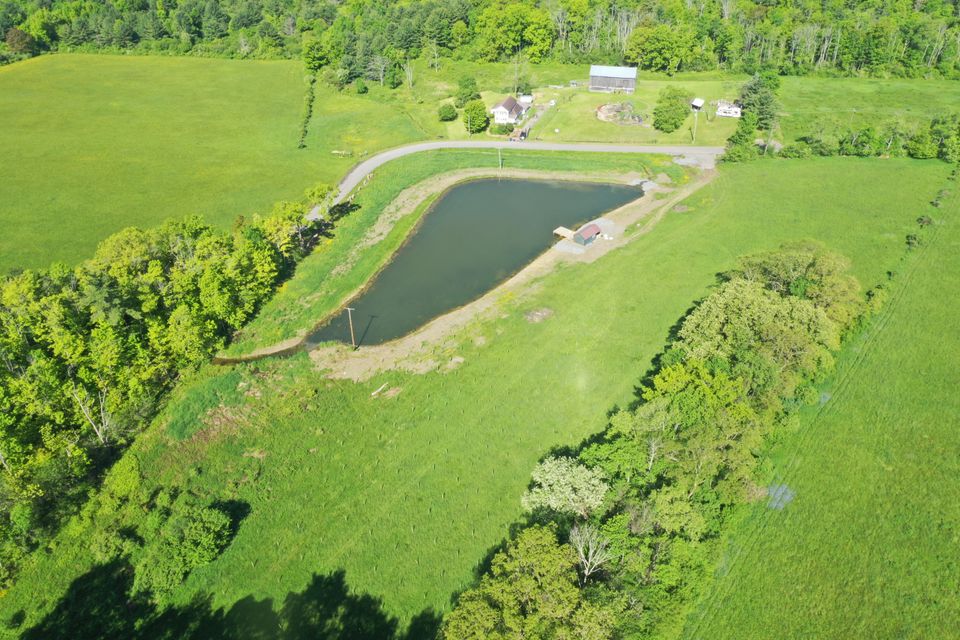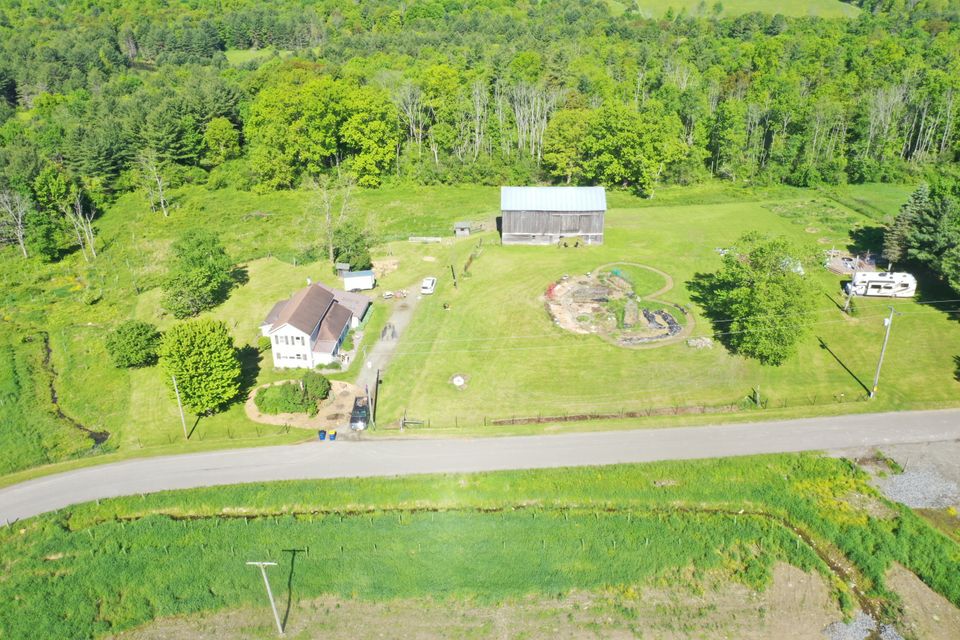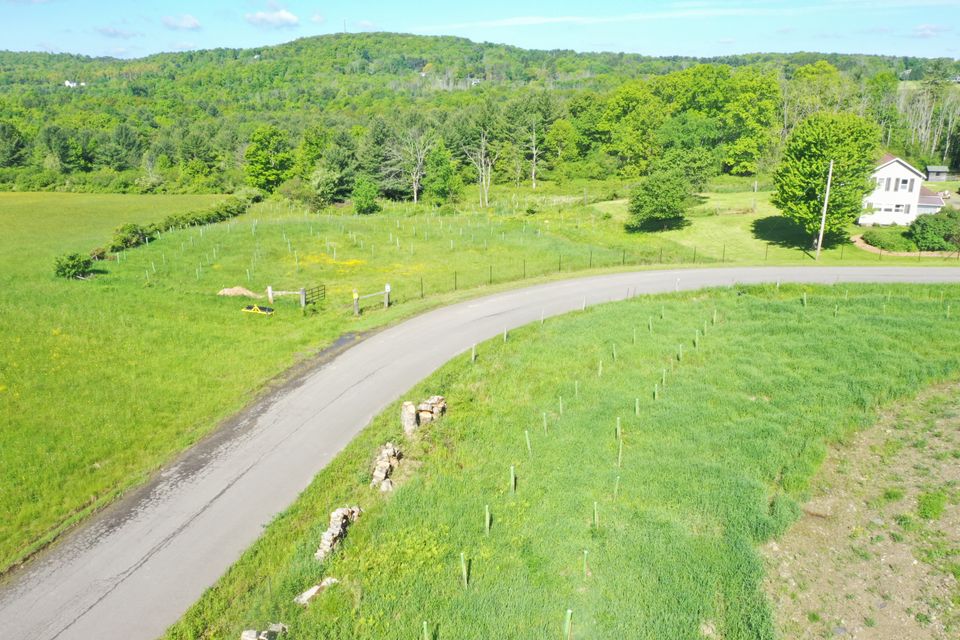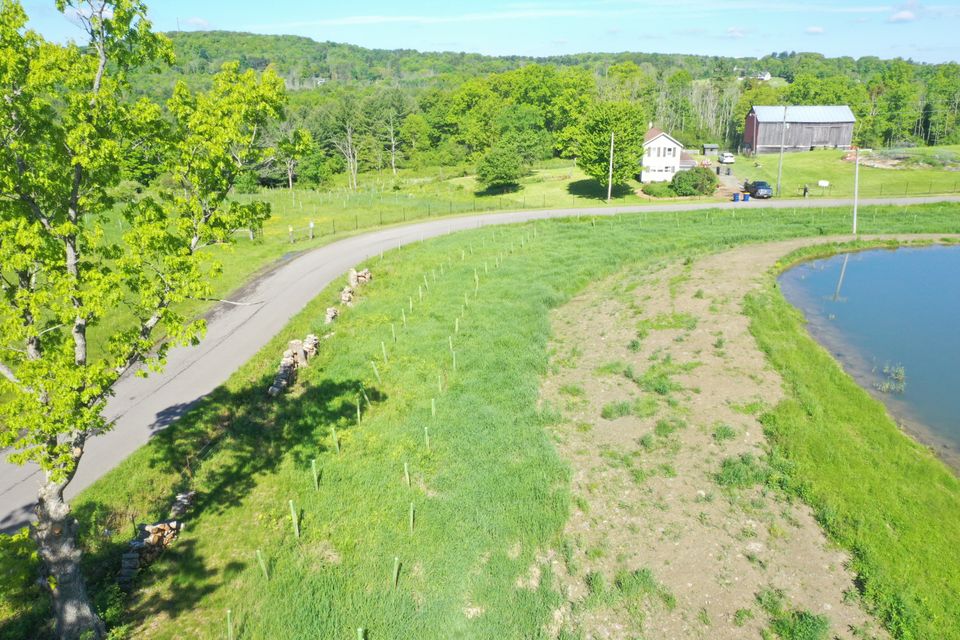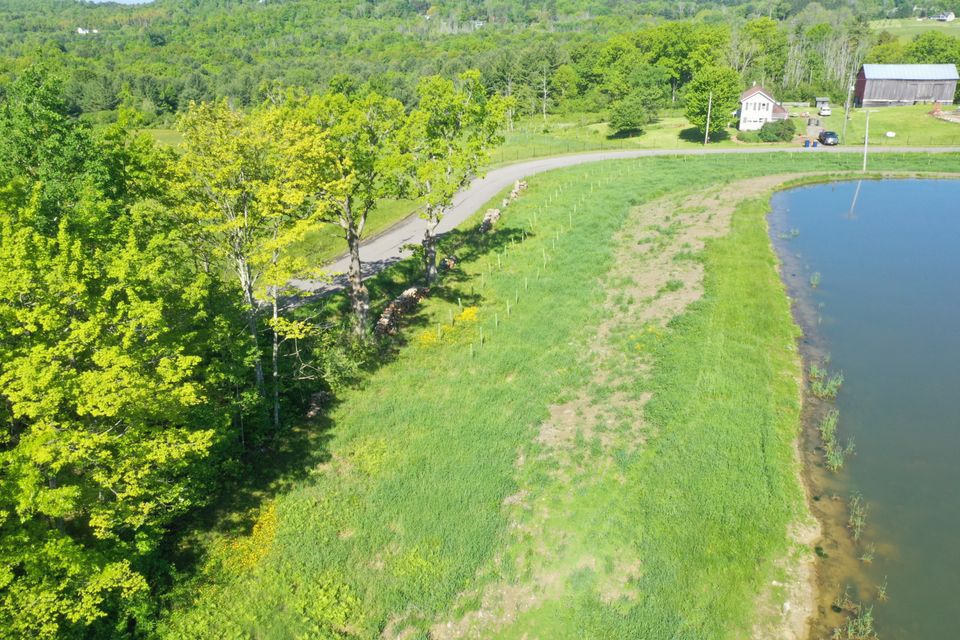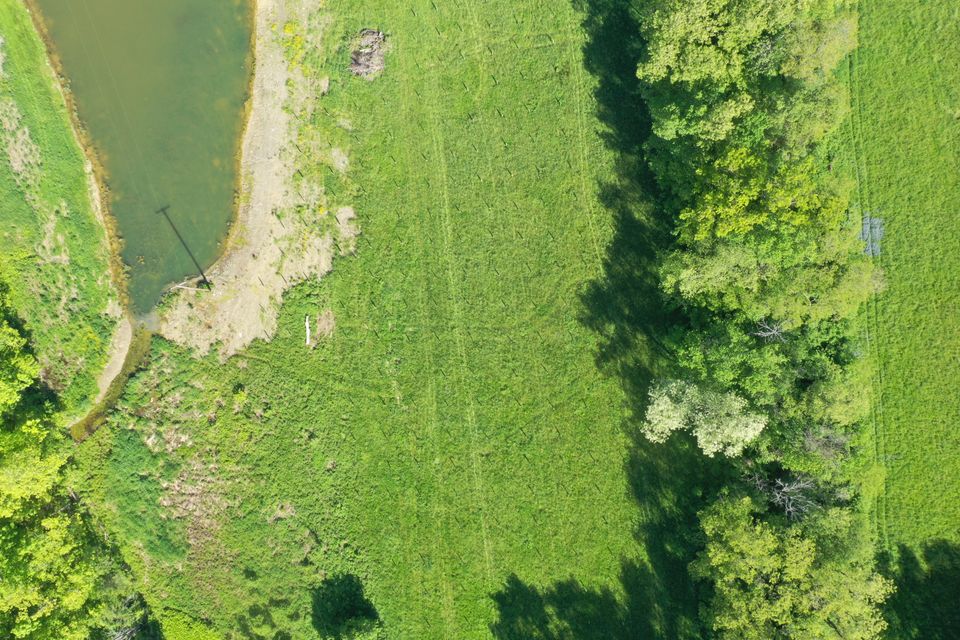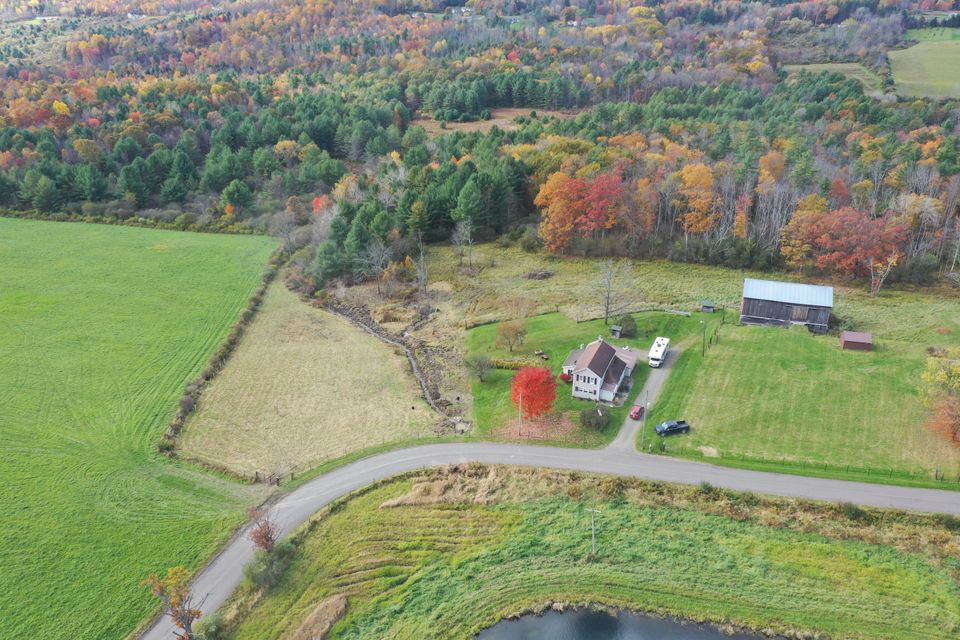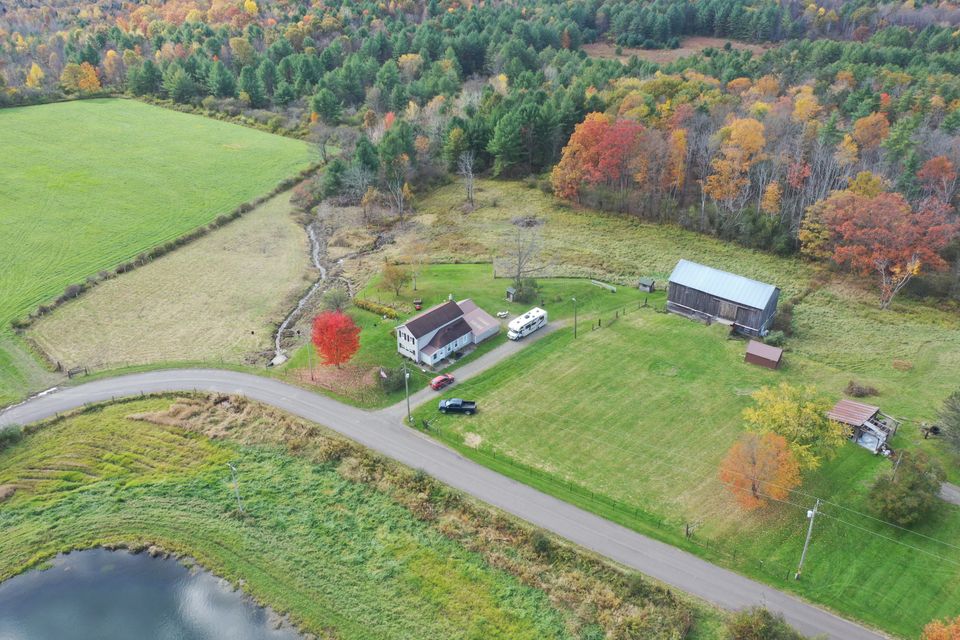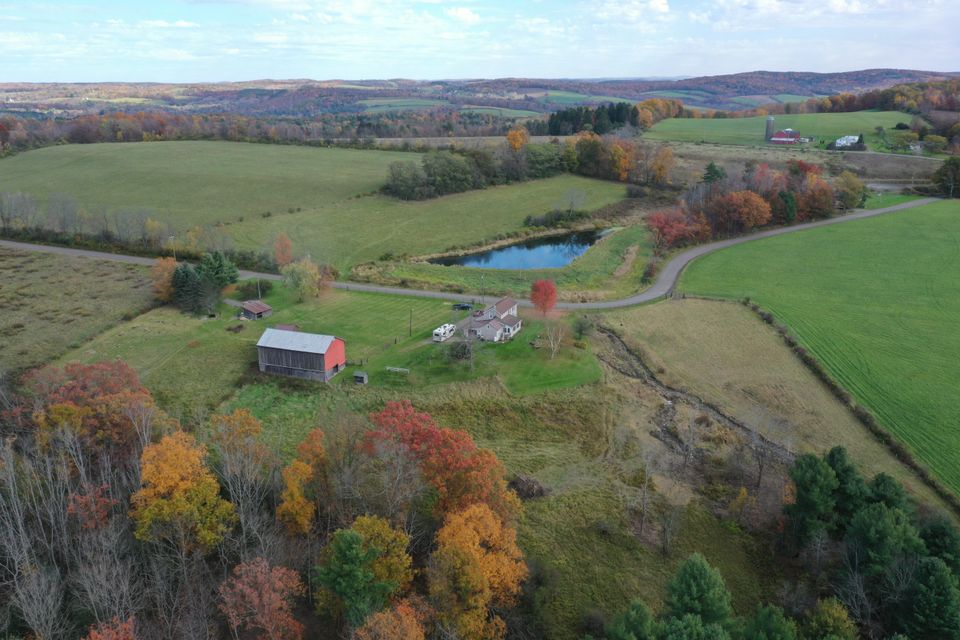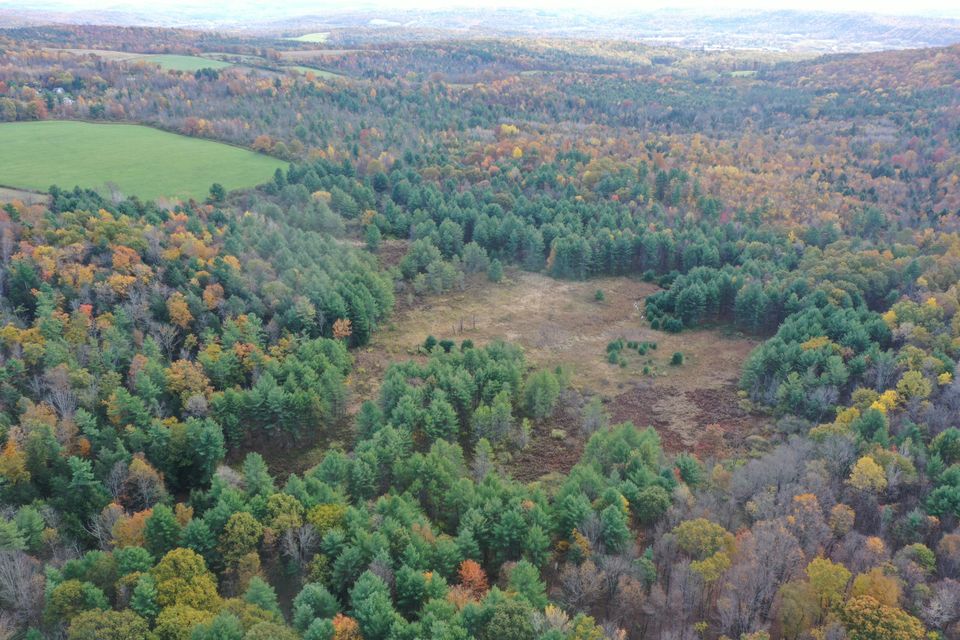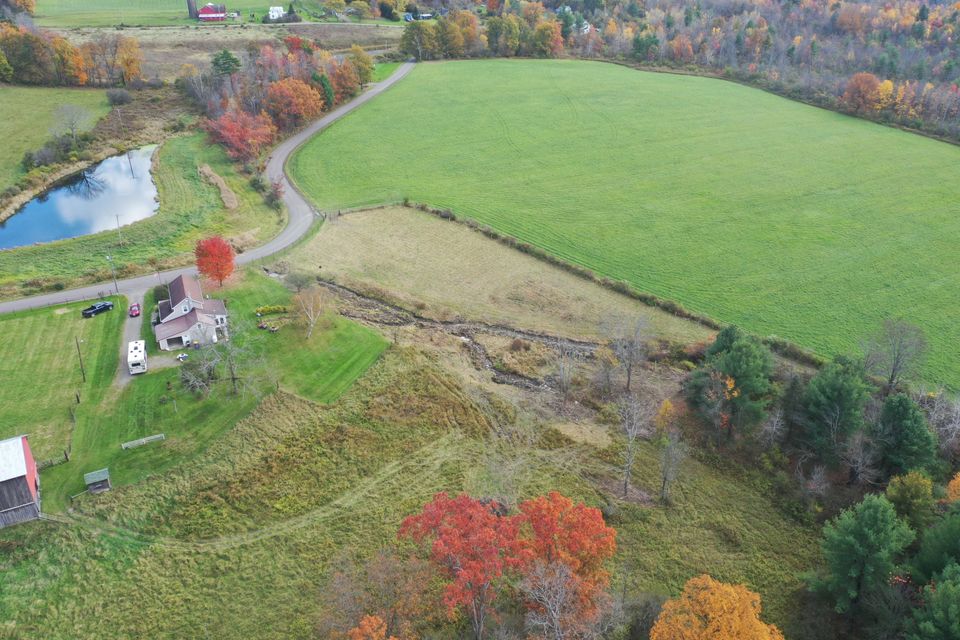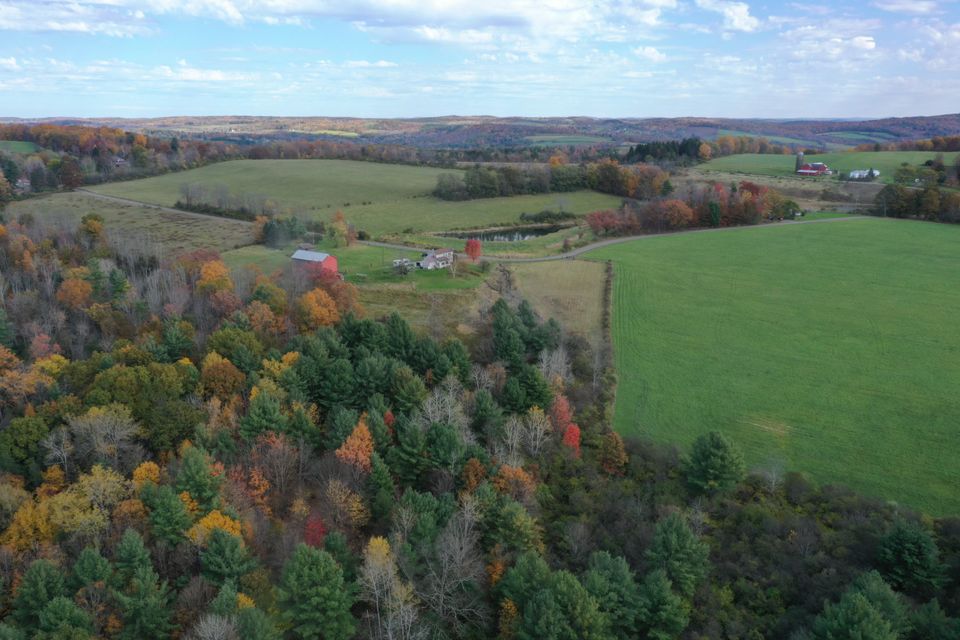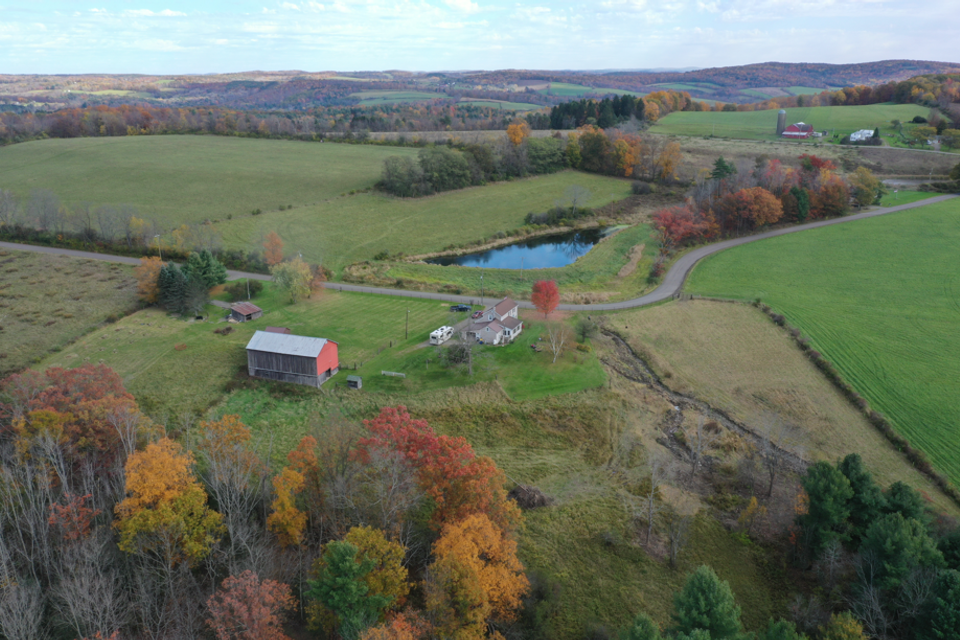Organizing the Regenerative Farm Vision
Divide into Project Sets
Land & Property
Project Set: Land & Property
Parcel 1: Primary Homestead
Parcel 1: Primary Homestead
- 29.75 Acres
- Primary (1.00 acres)
- Pasture (3.24 acres)
- Woodland (20.05 acres)
- Residual (1.50 acres)
- Size: 22.98 Acres
- Tillable (21.00 acres) (Remember - No Till! )
- Wetland (1.98 acres)
- 19.05 Acres
- Field crops (Hay) / Tillable (Remember - No Till! )
Soil, Water, Fields & Forest
Project Sets - Soil, Water, Fields & Forest
Watershed
Watershed
- Sustainable Ecosystem Reset
Water Network of Ponds
- Collection Mindset & Reset
Soil
- Sustainable Permaculture Shift
Fields
- Open Hay - Transformation from Hay to Rotational Grazing
- Meadows - Awaken Growth through Native Species
- Pastures - Cultivate & Plant within old soils
Forest
- Protect and Repurpose Wood Sources
Buildings & Structures
Project Sets - Buildings & Structures
Structure - Barn
Structure - Barn
- Restoration - 5-8 Year Plan
Structure - Bothy (Shed Makeover)
- Repurpose - 2023-2024
- Set up for RV Haven
Structure - Cabin (Granary Makeover)
- Move
- Repurpose
- Set up for Writing, Reading, Thinking Cabin
- Restoration & Reconstruction - 2025-2026
Structure - Outhouse
- Restoration, Relocate, & Reconstruction - 2025-2026
Structure - House
- Restoration, Reconstruction, Energy Efficiency - 2024-2028
Marketing & Sales
Project Sets - Creativity & Collaboration
Focus & Flexibility
Focus & Flexibility
- Event Collaboration
- Event Scheduling
- Experience Booking
- Project Management
- Public Information, Interest, & Visibility
- Planting & Harvesting
- Reduce Distractions
- Focus on Delivering
- Focus on Value
- Stay on Task - with people who know and care.
- Collaboration - Building Your Network
- Events - Learning & Experiences
- RV Stay - Camping at The Hub
- Crops for the Stand and Market
- Merch Availability & Distribution
- Eggs, Eggs, Eggs -Never Enough!
- Animals - Learn First!
